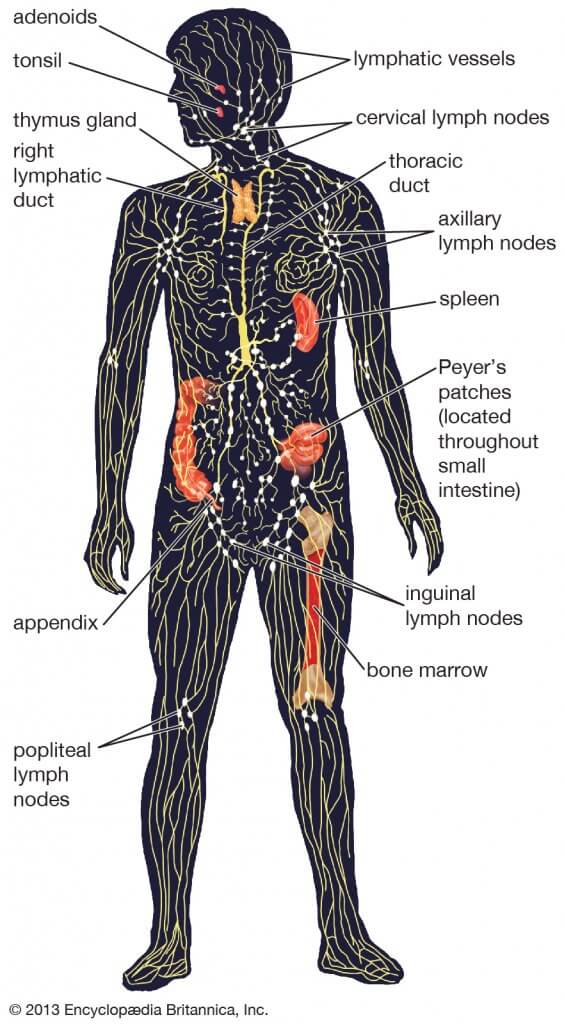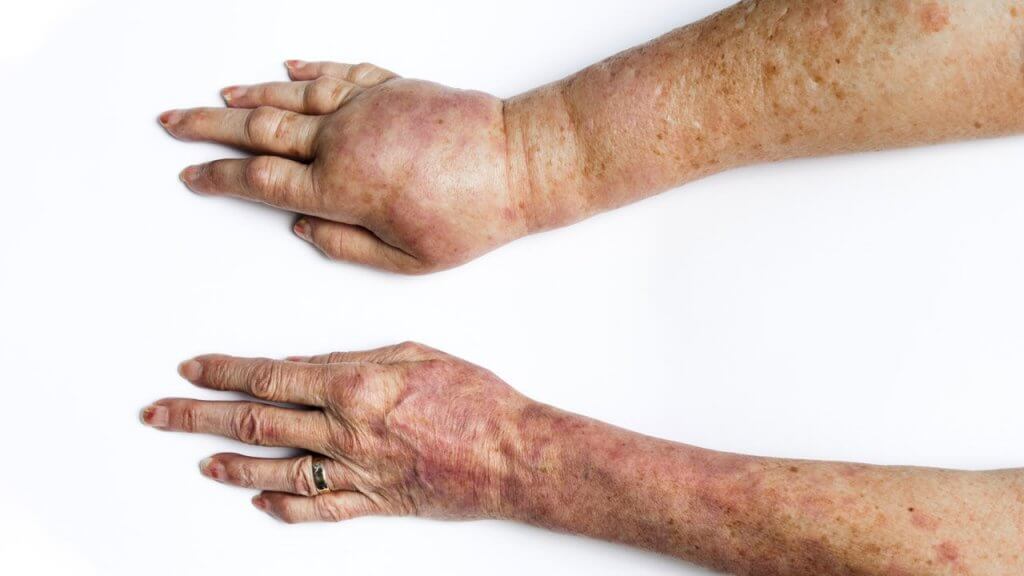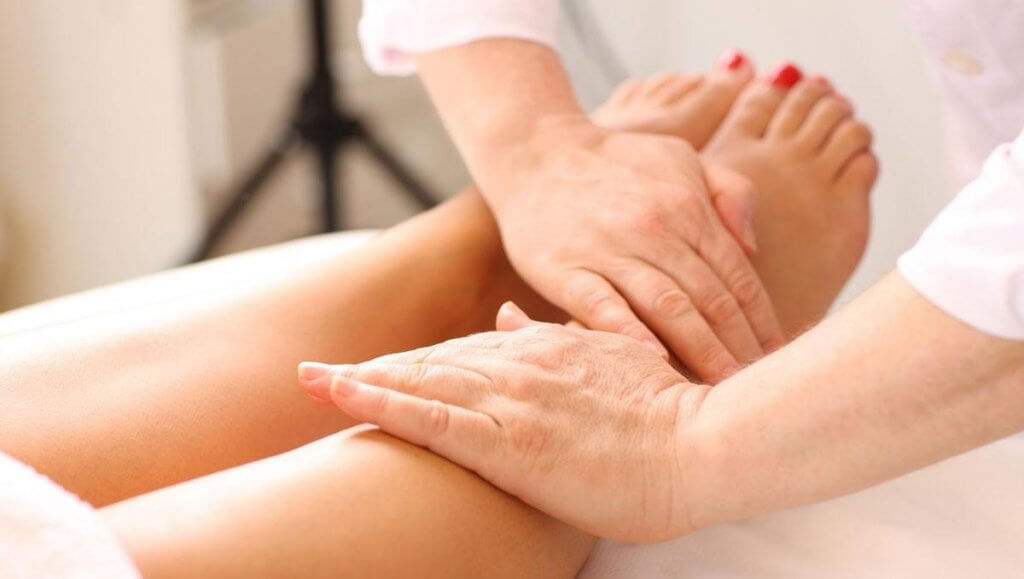What is your Lymphatic System?
Your lymphatic system is a marvellous cross between your immune and circulatory systems consisting of tissue, vessels and nodes.
It circulates lymph fluid throughout your body that collects bacteria, viruses and waste products. The fluid flows into your lymph nodes via the vessels, where lymphocytes filter out the waste/infectious materials. These waste products are then removed from the body by the circulatory system.
Lymphocytes are produced in the primary lymphoid organs: The Thymus (which produces T Cells) and The Bone Marrow (which produces B Cells). Once the lymphocytes are matured, they travel into the lymph nodes (secondary lymphoid organs) where they carry out their duty.
What is Lymphedema?
Lymphedema is defined as chronic swelling that occurs in one or both arms and/or legs.
There are 2 types of Lymphedema: Primary and Secondary.
Primary Lymphedema is quite rare and is caused by a genetically inherited condition that causes problems with the development of lymph vessels in the body.
Secondary Lymphedema occurs more frequently and can be a result of:
- Surgery (damage to or removal of Lymph nodes)
- Radiation treatment for cancer
- Cancerous growth that blocks the nodes
- Infection/parasites present in the lymph nodes
Any blockages at sites of lymphatic nodes (especially in the armpit, groin or neck) can restrict the flow of the lymphatic fluid through the body which can lead to a build up of fluid in the extracellular space. This fluid build up can lead to a host of symptoms. You might notice your limb is swelling, feeling tight or heavy, has a restricted range of motion, aches, has recurring infections or hardening/thickening of the skin.
How Can We Help?
There are a few ways that we at Vector Health can help you in your journey.
- Specialised Exercise Program
- Physiotherapy
- Lymphatic Drainage Massage
Exercise:
Like any condition, it is important to continue to move. Making sure you have a training plan specific to your needs will be vital. And progression will be individual.
The aim is to increase the amount of lymph fluid the body can effectively process. Due to the general uplifting effect of exercise, mood, positivity, self-belief is improved also.
Physiotherapy:
The aim is to learn how to care for the affected limb. CDT – Complex Physical Therapy includes Manual Lymphatic Drainage, Myolymphokinetic (MLK) exercises, compression bandaging and support garments and proper skin care.
Manual Lymphatic Drainage Massage (MLD):
Is the use of very gentle, slow, rhythmic massage techniques to stimulate the lymph nodes and increase the activity of the lymphatics so that any fluid build up can be re-routed. The massage is always performed from the midline to the outer edges of the body in order to have somewhere for each section to drain into.
Diaphragmatic Breathing Techniques:
These help to clear out the deeper lymphatics.



